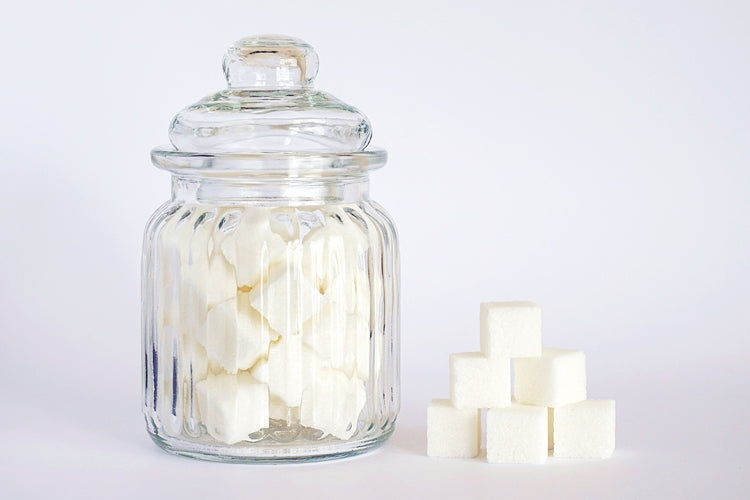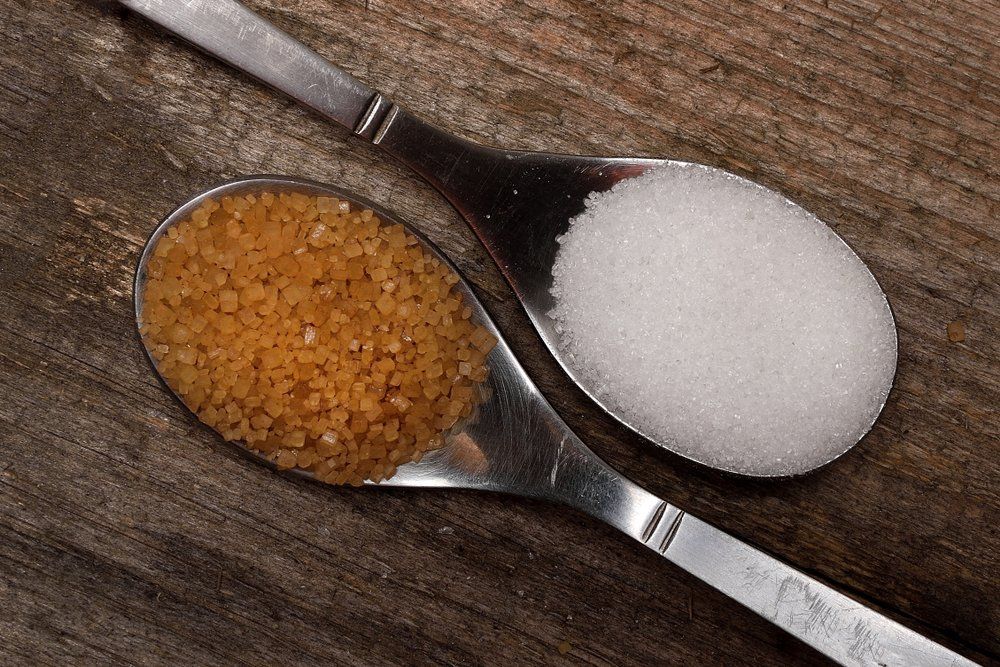Beet Sugar vs Cane: Examining Their Roles in the Global Sugar Industry
Beet Sugar vs Cane: Examining Their Roles in the Global Sugar Industry
Blog Article
The Great Discussion: Beetroot Sugar Vs Walking Cane and Their Impact on Health
The continuous argument surrounding beet sugar and walking stick sugar raises critical inquiries regarding their corresponding health impacts and more comprehensive ramifications for consumer choices. While both sweeteners share a comparable chemical structure, their origins and handling techniques might influence not just nutrition but also environmental sustainability. As health-conscious people evaluate the advantages of each choice, the implications of pesticide direct exposure and farming practices come right into focus. This discussion invites us to consider not just the sweet taste we select, however the significant effects of those options on our wellness and the world. What might this suggest for future consumption patterns?
Introduction of Sugar Resources
Sugar, a commonly consumed sweetener, largely stems from two major sources: sugar beetroots and sugar walking stick. These crops are cultivated in numerous regions all over the world, each contributing to the international sugar supply in distinct ways. Sugar walking stick flourishes in subtropical and tropical environments, with significant producers including Brazil, India, and China. The plant is harvested for its stalks, which are then refined to extract juice and crystallize sugar.
Alternatively, sugar beetroots are predominantly grown in warm areas, with substantial production in countries such as the USA, France, and Germany. The beetroots are gathered from the ground, cut, and based on a procedure that converts the extracted juice right into granulated sugar. While both sugar sources eventually generate sucrose, their agricultural methods, refining approaches, and geographical distributions vary considerably.
These distinctions can affect not only the environmental impact of sugar manufacturing however additionally the economic aspects of sugar rates and trade. Comprehending the origins of these sweeteners is crucial for customers and policymakers alike, as it lays the structure for informed discussions regarding their health effects and sustainability.
Nutritional Comparison
When checking out the dietary profiles of beetroot sugar and walking stick sugar, both resources share a similar make-up as they largely contain sucrose. Sucrose is a disaccharide, made up of glucose and fructose, and is liable for the sweetness related to both sugars. The refining processes for both beetroot and cane sugar yield items that are predominantly pure sucrose, with minimal traces of vitamins, minerals, or various other nutrients.
In terms of calorie material, both beetroot and walking stick sugars provide approximately 4 calories per gram. Neither kind of sugar offers considerable dietary benefits past energy arrangement, as they do not have necessary vitamins or minerals. The existence of trace aspects, such as potassium, calcium, and magnesium, can vary a little in between the two, largely due to the farming techniques and dirt problems in which they are grown.
In addition, the glycemic index worths of beetroot sugar and cane sugar are comparable, indicating similar results on blood sugar levels. In general, from a nutritional point ofview, beet and walking cane sugars are functionally equivalent, adding primarily to calorie consumption without providing substantial wellness benefits over each other.
Wellness Effects
The health and wellness ramifications of consuming beet sugar and walking stick sugar warrant cautious consideration, particularly provided the increasing prevalence of sugar-related health issues. Both sorts of sugar contribute comparable calorie values and can lead to increased threats of obesity, type 2 diabetic issues, and cardiovascular diseases when eaten in unwanted. The body sugars both metabolizes right into glucose, which can trigger spikes in blood sugar levels, bring about insulin resistance in time.
While there is ongoing debate regarding the glycemic index of these sugars, researches suggest that both can negatively affect metabolic health and wellness if consumed in big quantities. beet sugar vs cane. Furthermore, the prospective presence of impurities in beet sugar, such as pesticides from standard farming techniques, elevates additional health worries. On the other hand, cane sugar, particularly when minimally refined, might offer a somewhat much more beneficial profile as a result of its natural state
In addition, the usage of sugarcoated, no matter of the source, is connected to adverse health and wellness outcomes, including dental problems and fatty liver disease. Small amounts is vital, and people ought to be conscious of their complete sugar intake from all sources, inevitably prioritizing whole foods over included sugars for optimum health and wellness results.
Ecological Influence
Understanding the wellness ramifications of beet and walking stick sugar likewise brings about an evaluation of their ecological impact, which can significantly influence agricultural sustainability and eco-friendly equilibrium. Both sugar resources have distinct environmental footprints, shaped by their growing techniques and geographical needs.

On the other hand, beetroot sugar is generally grown in warm climates why not try these out and often involves diverse crop rotations. This method can boost soil wellness and lower dependence on chemical inputs. Extensive beetroot farming can additionally lead to vitamins and mineral deficiency and parasite stress if not taken care of sustainably.
Both sugar types present difficulties and opportunities for environmental stewardship. Promoting lasting farming techniques and liable sourcing can minimize their influences, ensuring that sugar manufacturing lines up with eco-friendly conservation and long-lasting food protection.
Customer Preferences
Amidst growing awareness of health and wellness and More Info environmental issues, customer choices for sugar types are progressively influenced by assumptions of health and wellness benefits, sustainability, and ethical sourcing. Beetroot sugar and walking stick sugar each existing one-of-a-kind attributes that interest different consumer demographics.
Health-conscious customers commonly look at the dietary profiles of these sugars, looking for options perceived as much less processed or more all-natural. Walking stick sugar, typically regarded as the typical sugar, is sometimes favored for its regarded purity and simpleness. In comparison, beet sugar, which is regularly derived from genetically customized plants, deals with hesitation among those worried concerning GMOs.
Sustainability is an additional considerable variable affecting customer options. As awareness of farming methods expands, numerous customers choose for items that line up with eco-friendly farming approaches. Walking stick sugar production, specifically when sourced from sustainable ranches, can interest eco-conscious purchasers.
Moral sourcing plays an important role also, with customers progressively preferring items that support reasonable labor methods. Qualifications such as Fair Trade can improve the good looks of see this here cane sugar out there. Ultimately, customer preferences are shaped by a complicated interaction of wellness, environmental, and moral considerations, driving need for both beetroot and walking cane sugars in diverse markets.
Conclusion
In final thought, the dispute between beetroot sugar and walking cane sugar incorporates various elements, including nutritional profiles, health implications, and environmental repercussions. beet sugar vs cane. While both sugars mostly are composed of sucrose and exhibit comparable calorie web content, problems regarding chemical usage in beetroot sugar and the ecological impact of cane sugar monoculture warrant careful consideration. As consumers significantly prioritize sustainability and health and wellness, informed choices concerning sugar usage end up being necessary in promoting overall well-being and environmental stewardship

Report this page